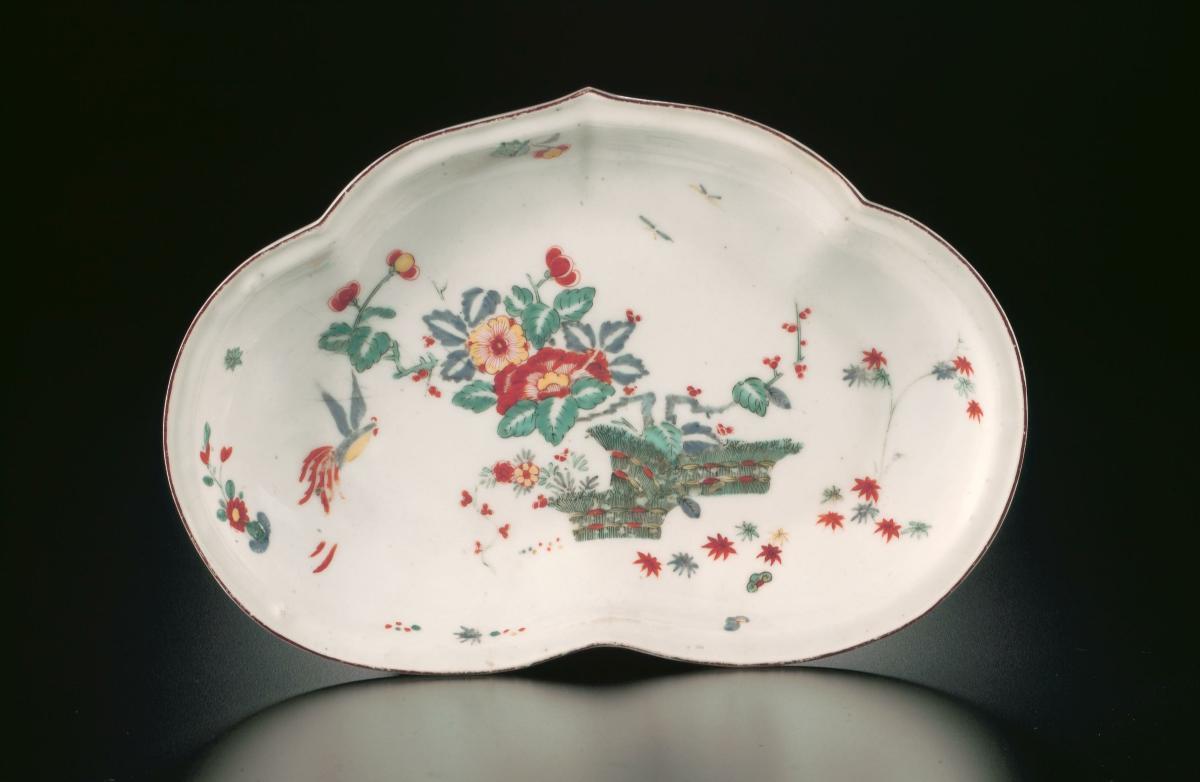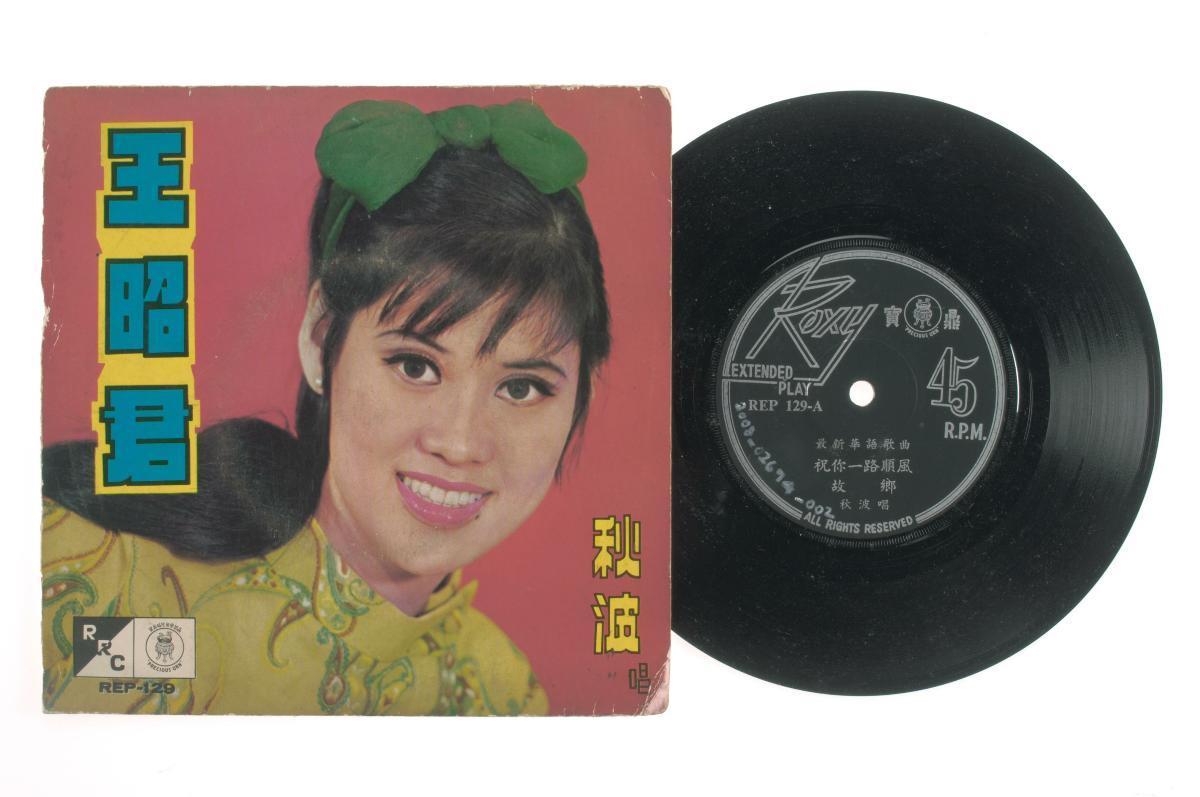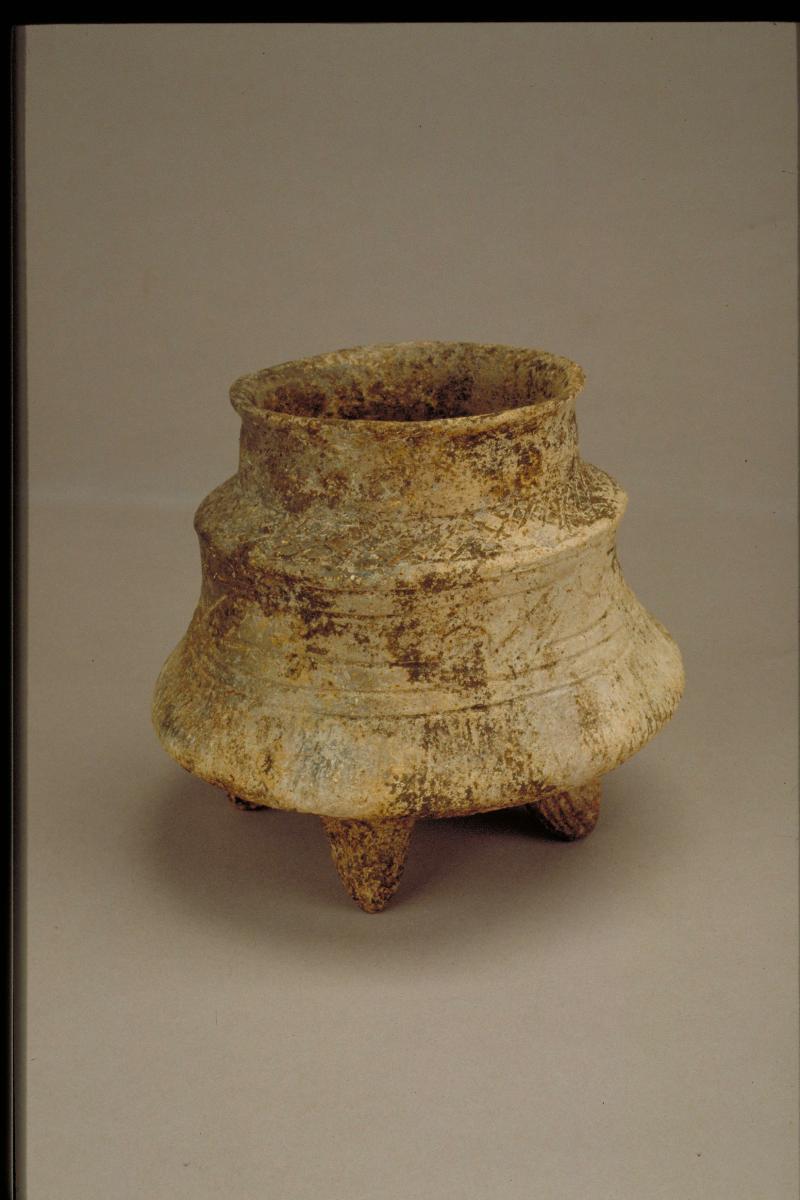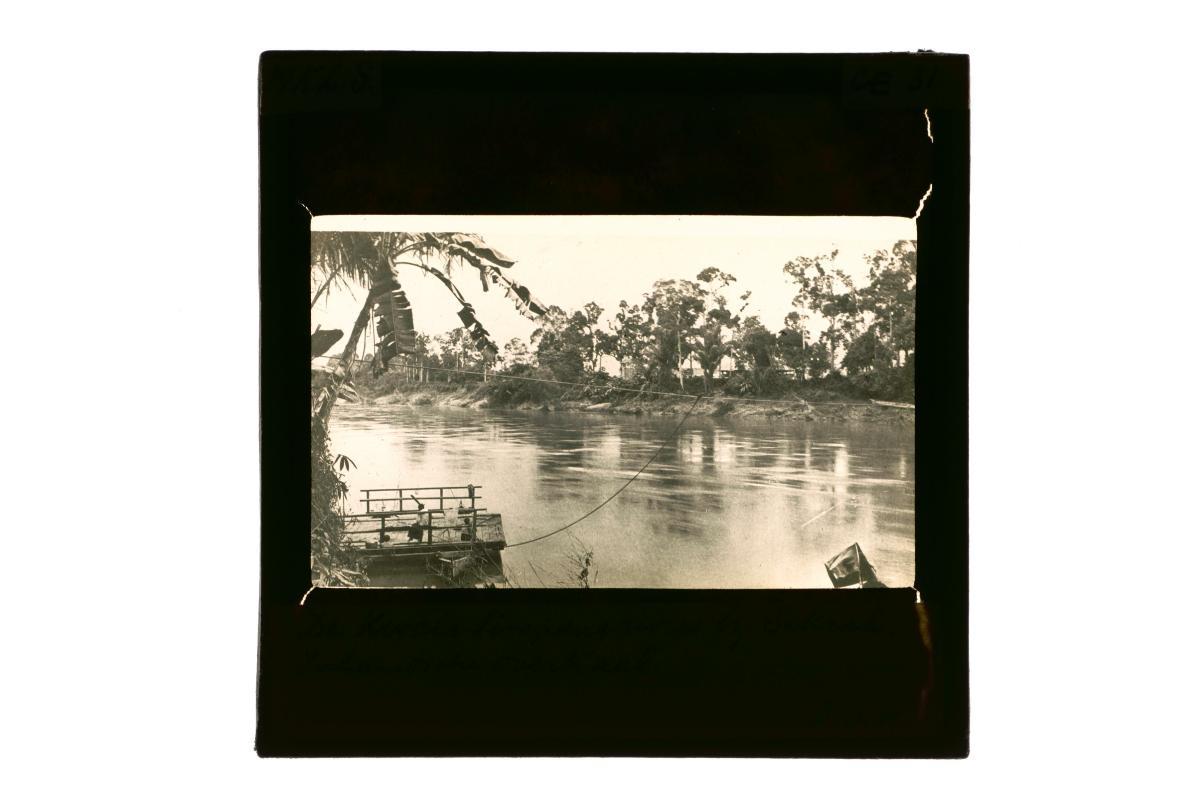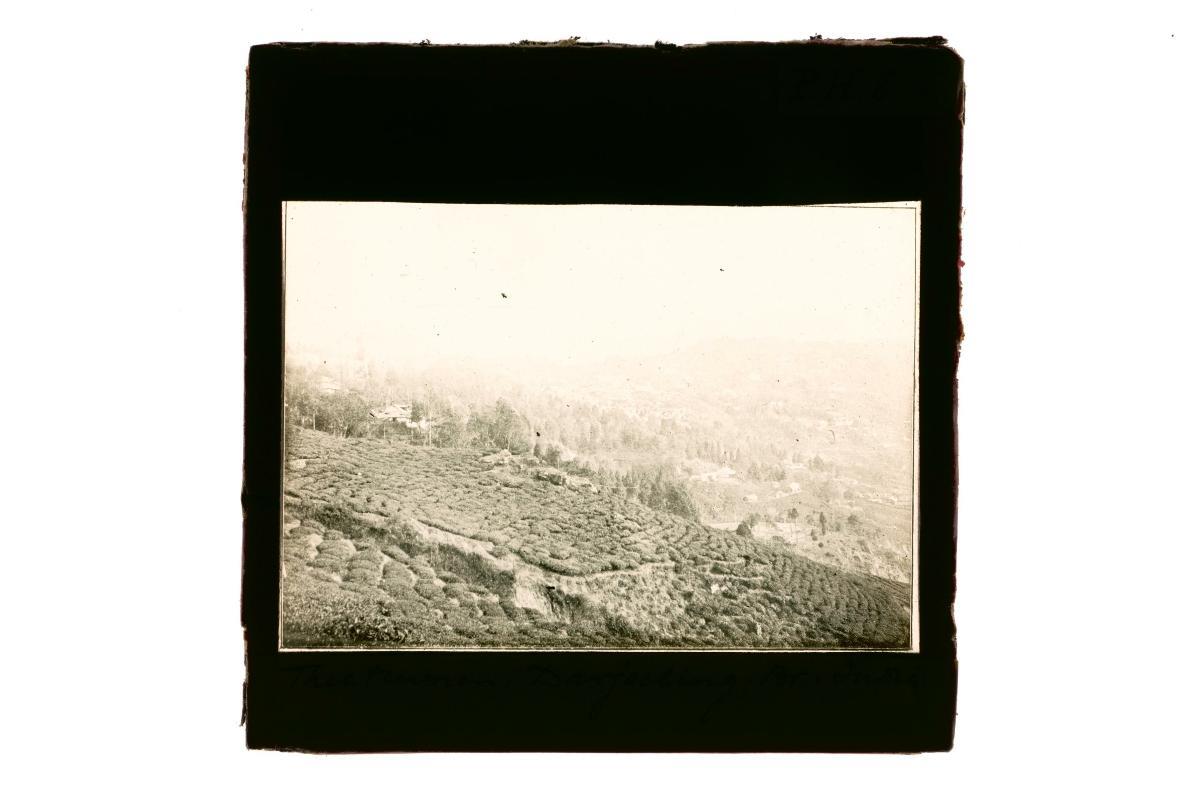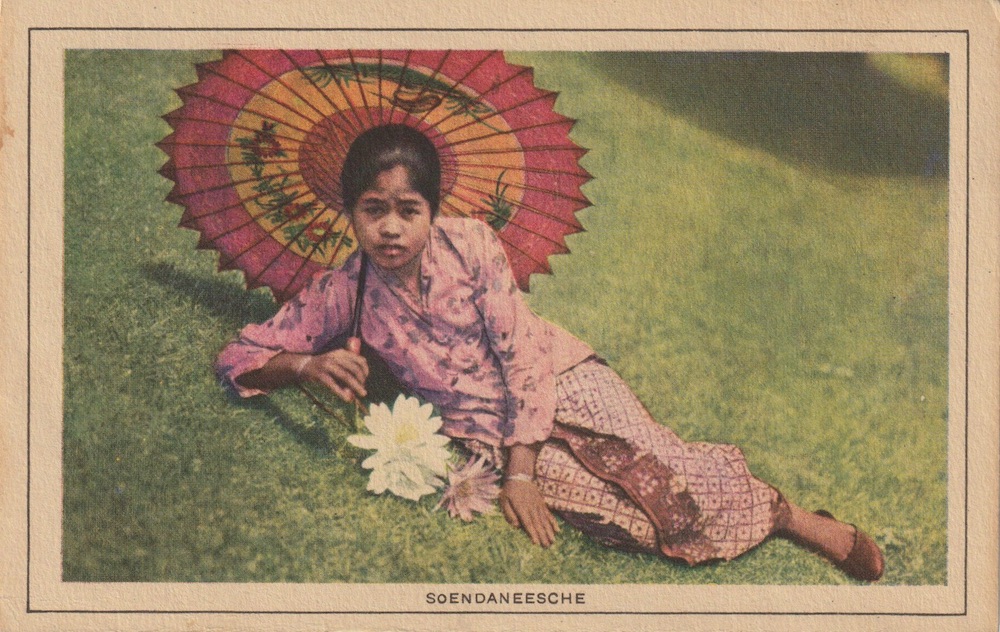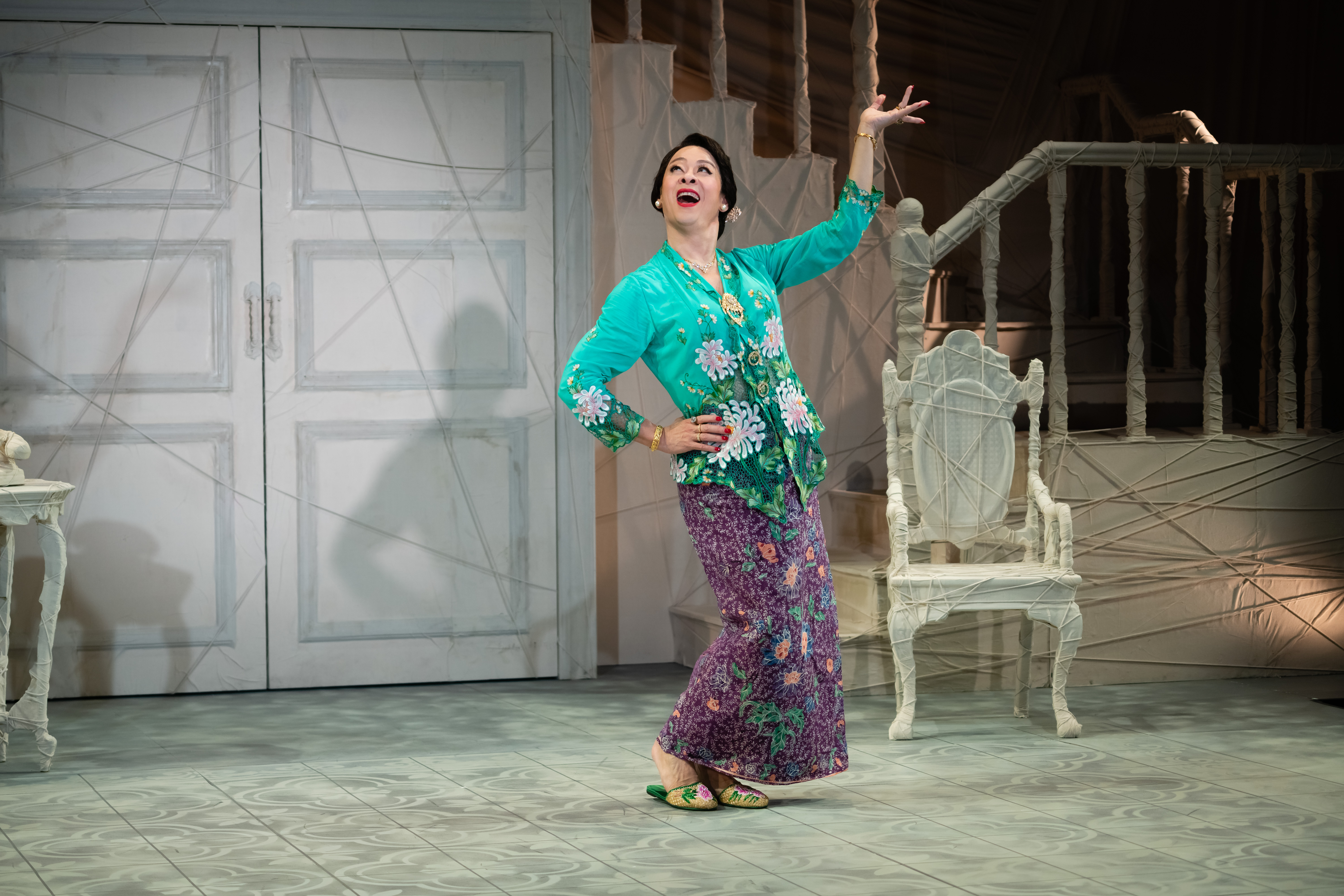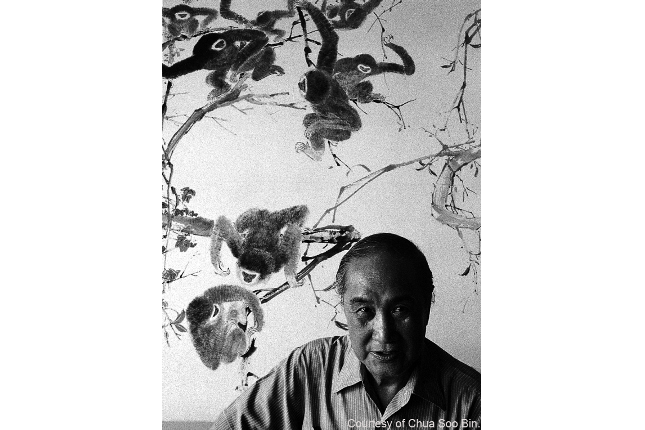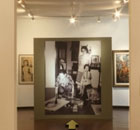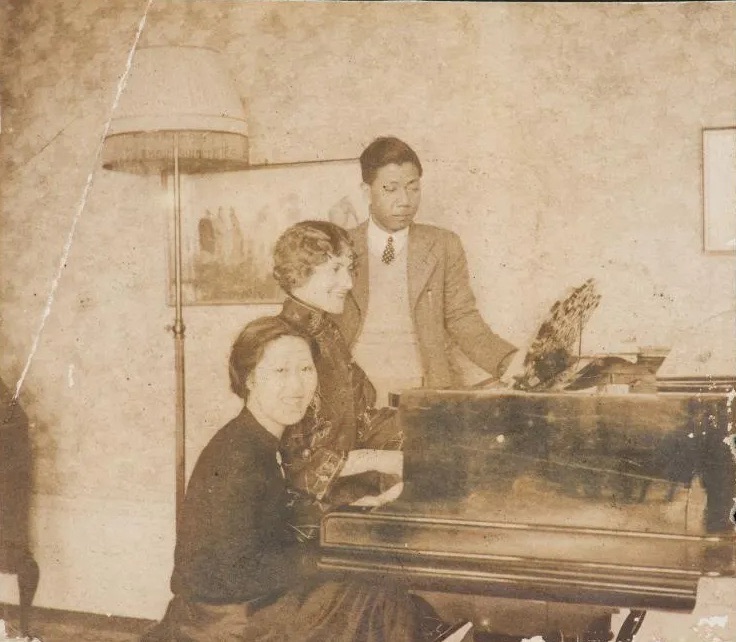This kidney-shaped dish is painted with the ‘wheatsheaf and pheasant’ pattern. The Kakiemon inspiration is seen in the style of painting and the white body of this porcelain dish. The bundles of wheat, also referred to as ‘banded hedges’, was a common motif on European copies of Japanese porcelain. However, the Japanese motif became stylised in European versions, as seen in the way the bird was painted without any clear delineation of details. This dish shows how Asian patterns were applied onto European porcelain shapes. The Kakiemon style had one of the greatest impacts on European ceramics. Japanese Kakiemon porcelain was produced in the area of Arita in present-day Saga prefecture on Kyushu Island. Kakiemon is named after the potter, Sakaida Kakiemon (1596-1666), who was reputed to have pioneered the use of colour enamels on porcelain in Japan. The designs are finely painted in translucent overglaze enamels with large undecorated areas highlighting the distinctive milky-white body.




